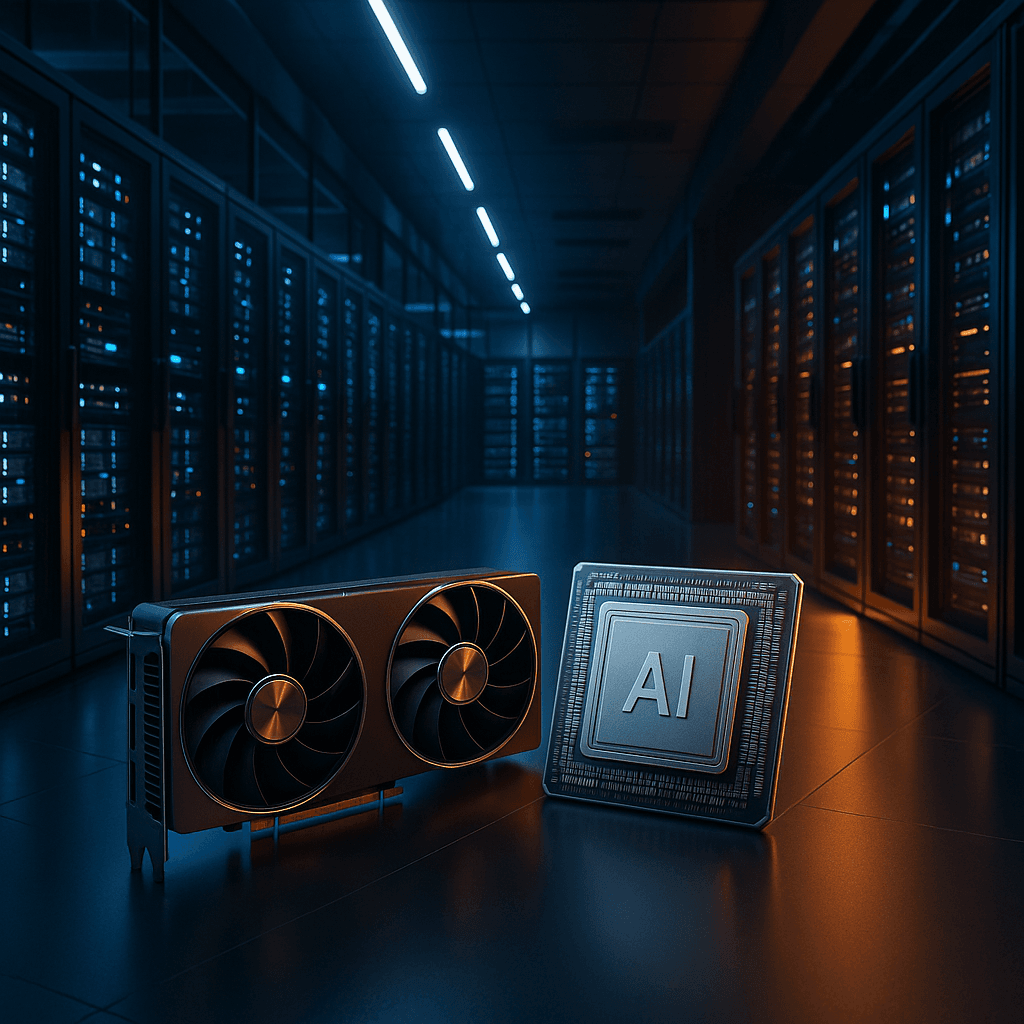Oracle just fired a massive shot across Nvidia's bow. The cloud giant announced it will deploy 50,000 AMD AI graphics processors starting in late 2026, marking one of the largest non-Nvidia chip commitments in enterprise AI history. This move could crack open Nvidia's 90%+ stranglehold on the data center GPU market.
Oracle just dropped a bombshell that's reshuffling the entire AI chip landscape. The enterprise giant announced it will deploy 50,000 AMD graphics processors starting in the second half of 2026, representing one of the largest enterprise commitments to a Nvidia alternative in AI infrastructure history.
The market's reaction was swift. AMD shares climbed 3% in premarket trading while Oracle ticked slightly lower, signaling investors see this as a major validation of AMD's AI chip strategy. But the real story is what this means for breaking up Nvidia's near-monopoly grip on enterprise AI.
"We feel like customers are going to take up AMD very, very well - especially in the inferencing space," Karan Batta, senior vice president of Oracle Cloud Infrastructure, told CNBC. That confidence isn't coming out of nowhere.
Oracle will use AMD's Instinct MI450 chips, the company's first AI processors that can be assembled into massive rack-sized systems where 72 chips work as one unit. This capability is crucial for training and deploying the most advanced AI algorithms that companies like OpenAI are pushing to market.
The timing isn't coincidental. Just weeks ago, OpenAI announced a deal with AMD for processors requiring 6 gigawatts of power over multiple years, with a 1-gigawatt rollout starting in 2026. If that deployment succeeds, OpenAI could end up owning as many as 160 million AMD shares - roughly 10% of the company.
Then there's Oracle's own massive bet on OpenAI. In September, the companies entered a five-year cloud deal worth potentially $300 billion. Oracle is essentially building the infrastructure backbone for the next generation of AI applications, and it's not putting all its eggs in Nvidia's basket.
This represents a fundamental shift in enterprise thinking about AI chip procurement. For years, Nvidia has maintained , with companies having little choice but to pay premium prices and wait in long queues for H100 and newer chips.












